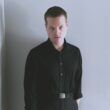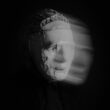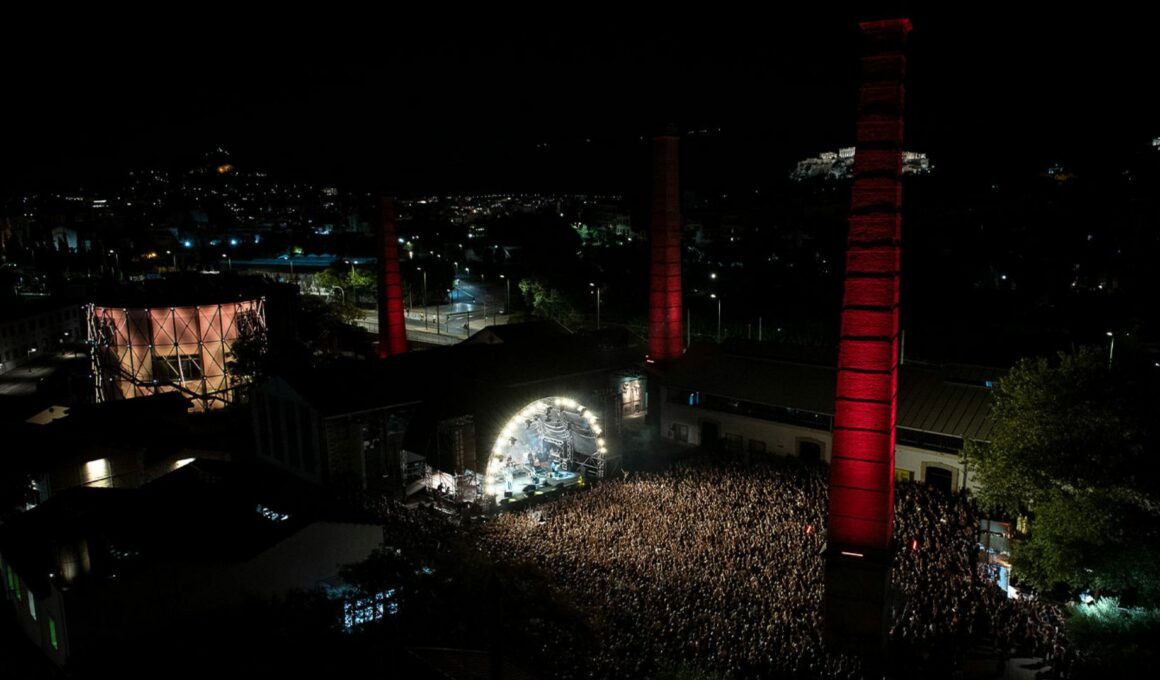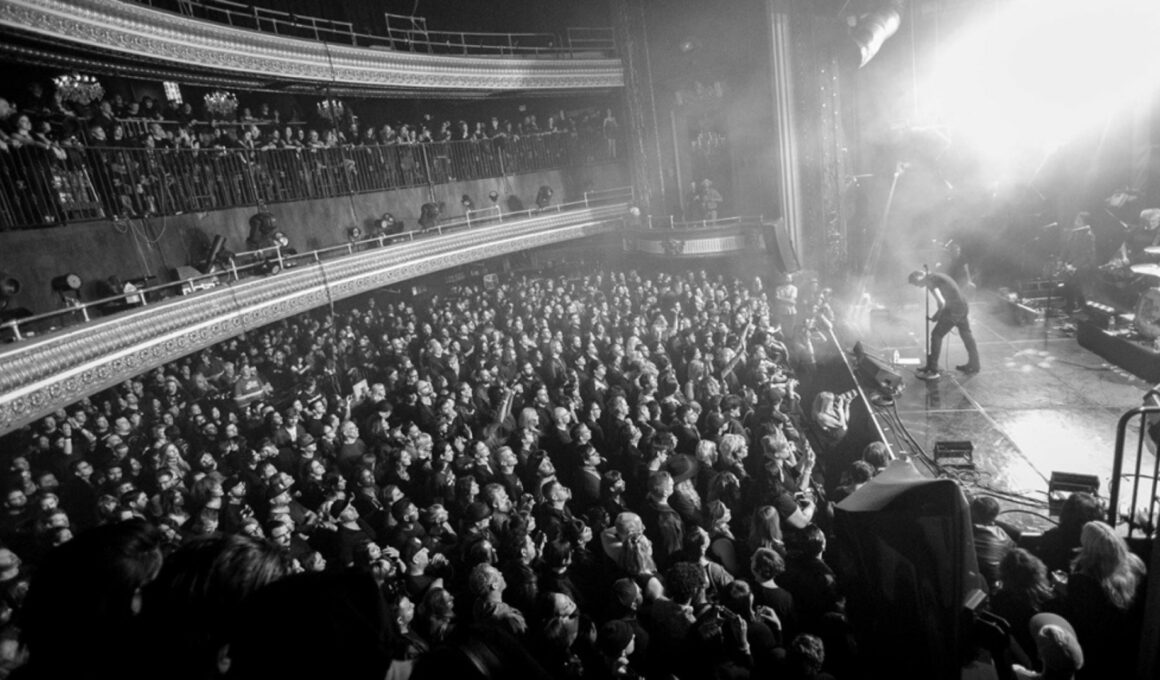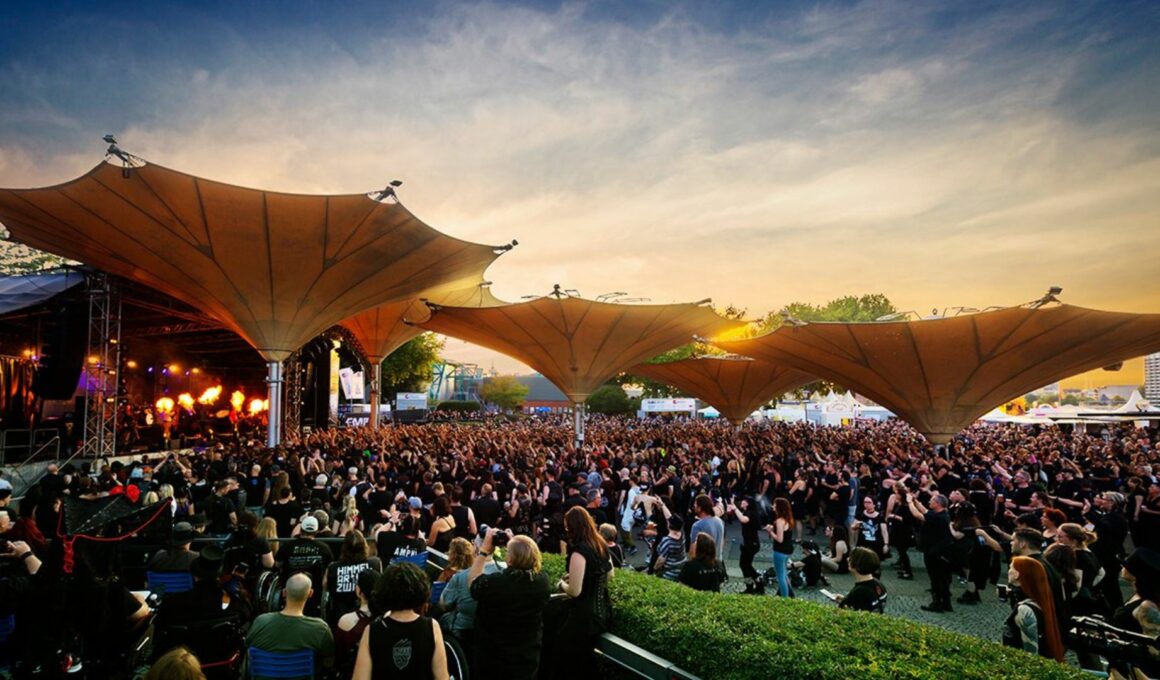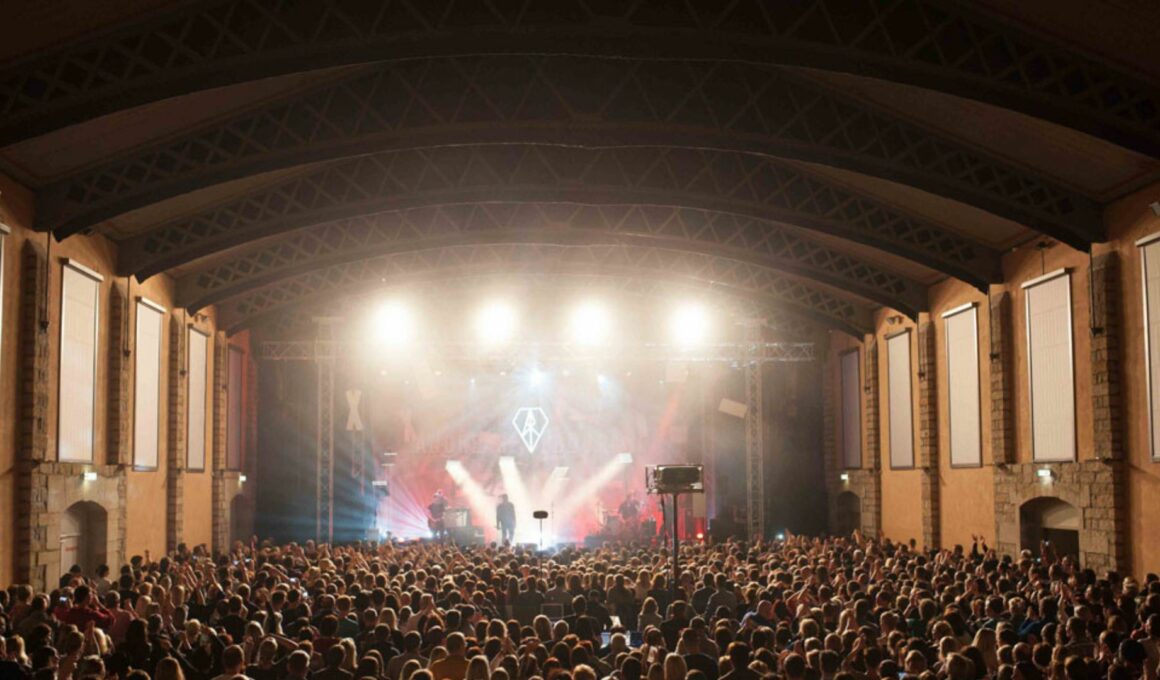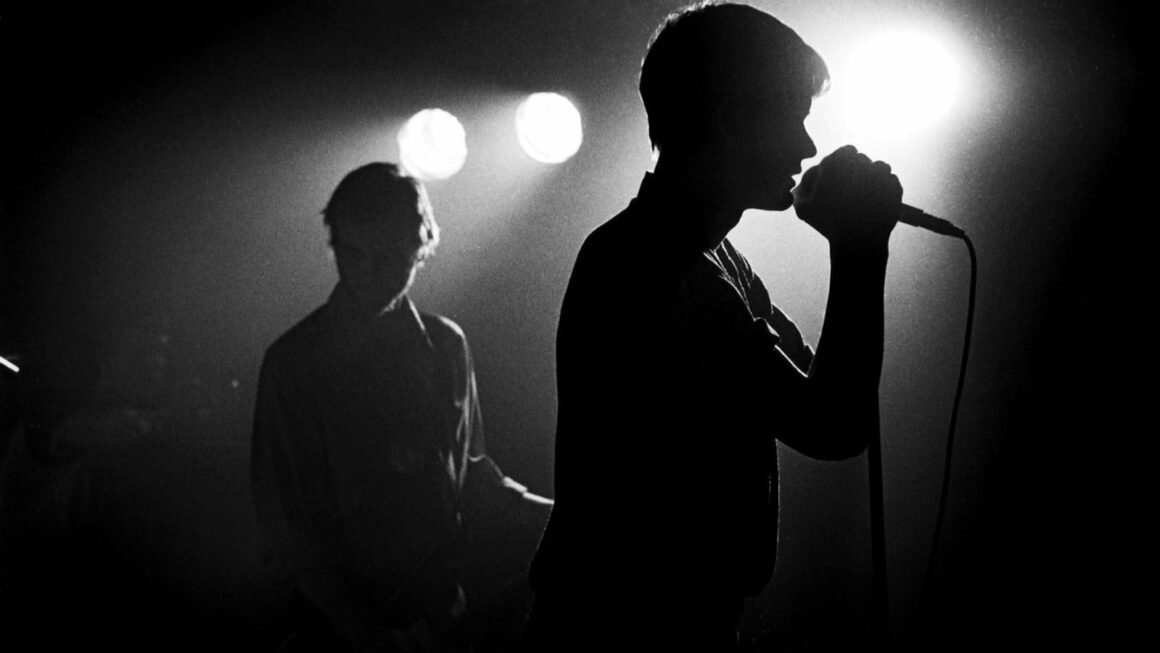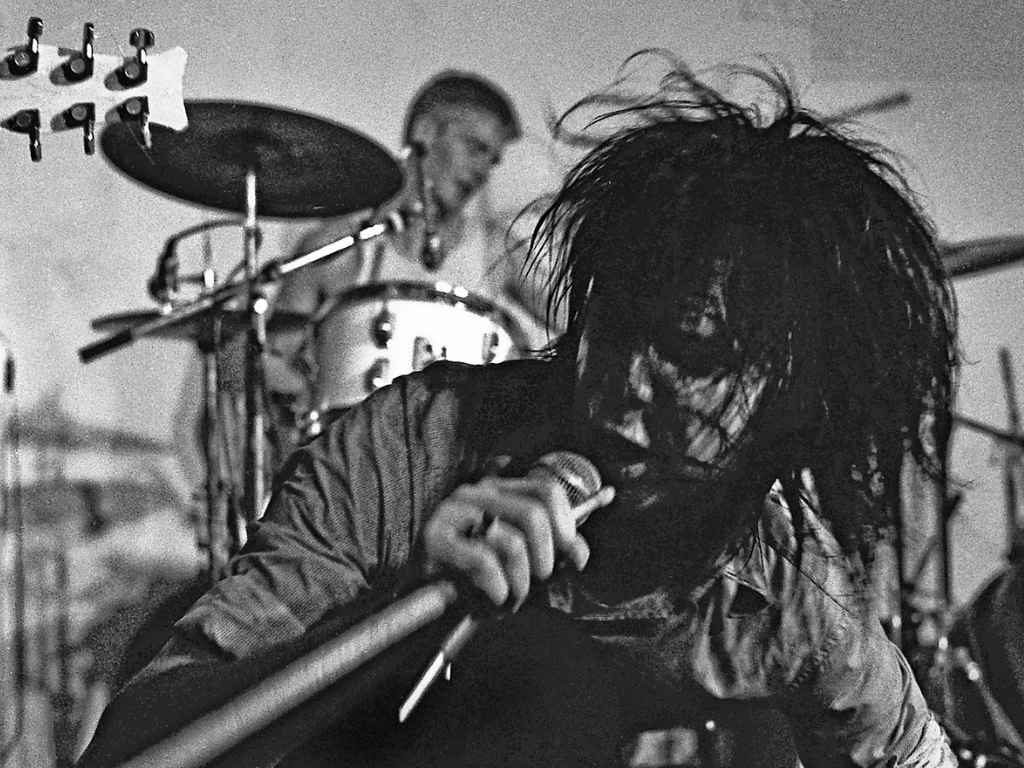
With Nick Cave In 80’s West Berlin
Memories of a melting pot for musicians that was dominated by hedonism, chaos, and excess.
1982 was a turbulent time for Nick Cave and his band The Birthday Party. They had just released their third album Junkyard, their bassist Tracy Pew was imprisoned in Australia and their drummer Phil Calvert was about to split with the band. They never really did too well in their home country of Australia, which led them to travel to Europe in search of broader success. The first city they settled down in was London. However, it became increasingly clear to Nick that London was not the place for The Birthday Party. The local audiences did not respond well to their raw and dark music and even other post-punk bands refused to acknowledge them.
Cave was also dissatisfied with London’s music scene in general. He believed that other artists just wanted to be popular and have their songs on the charts. Such an environment was very uninspiring and did not do any favours to his creativity. In August 1982, the band finally fired Phil Calvert and moved to Berlin, hoping to find better audiences and friendlier musicians than they did in London.
Officially, Nick Cave moved to Berlin because he liked the music scene there. But many sources say there was another motivating factor. The rent in London was extremely expensive and Cave often had to live in terrible conditions. But in Berlin, Nick Cave had friends like Mark Reeder and Christoph Dreher. They would usually let him stay at their apartments for free or for very cheap rent. In one interview Mark Reeder mentioned charging as little as 40 Euros a month. The rent was not the only cheap thing in West Berlin. So were the food, alcohol, and drugs. In fact, one club named Risiko allowed musicians to drink for free. In London, Nick Cave’s notorious drug use made him an outcast whereas, in Berlin, it made him fit in with all the other musicians.
Cave settled down in Kreuzberg, a city in West Berlin known for its support of punk and new wave music. Kreuzberg is home to the famous SO36, which served as a hub for new wave music in the 70s and 80s. At the peak of its popularity, it even hosted musicians like Iggy Pop and David Bowie. Audiences in Kreuzberg immediately welcomed Nick Cave into their arms. His gloomy and tragic music appealed to the city’s counterculture tradition. The Birthday Party met many like-minded groups in West Berlin and ended up performing and collaborating with many of them. Notable examples include Die Haut and Einstürzende Neubauten.
Nick Cave’s meetings with Einstürzende Neubauten would prove to be invaluable later on. It was in the bars of West Berlin that he met Blixa Bargeld, who would later become the guitarist of Nick’s next band, The Bad Seeds. Cave’s first impression of Blixa seems to have been very striking. In an interview given in 2000 he described Bargeld’s vocals as being similar to the sounds of “strangled cats or dying children”. It is very likely that Cave saw this performance at Risiko.
The music scene in West Berlin certainly helped Nick Cave. The influence of the German post-punk artists would be seen in later years as Cave’s music became gloomier and even more gothic. However, the same cannot be said of The Birthday Party. The band recorded their EP The Bad Seed while they were in Berlin and released it 6 months later. The Bad Seed received a positive response from critics, but many fans saw it as a sign that The Birthday Party was about to break up. “Sonny’s Burning” and “Fears of Gun” retained the old sound that The Birthday Party had produced in their earlier albums. But “Deep in the Woods” and “Wild World” were already characteristic of the gothic sound that Nick Cave would later adapt.
Shortly after leaving Berlin, Nick Cave and Mick Harvey ended The Birthday Party and went on to form a new band along with Blixa Bargeld. They named it The Bad Seeds, after The Birthday Party’s final EP. But this was not the end of West Berlin’s influence on Nick Cave’s life. He would revisit Kreuzberg in 1985, searching for inspiration once more. But that is a different story for a different day.
For all of those wanting to get further insights on what was going on in West Berlin during the 1980s, we highly recommend you to watch B-Movie: Lust & Sound in West-Berlin 1979–1989. Among Nick Cave, the movie also features other notable artists of the era such as Einstürzende Neubauten, Die Ärzte, Malaria! and many more.
Featured Image by txmx 2

